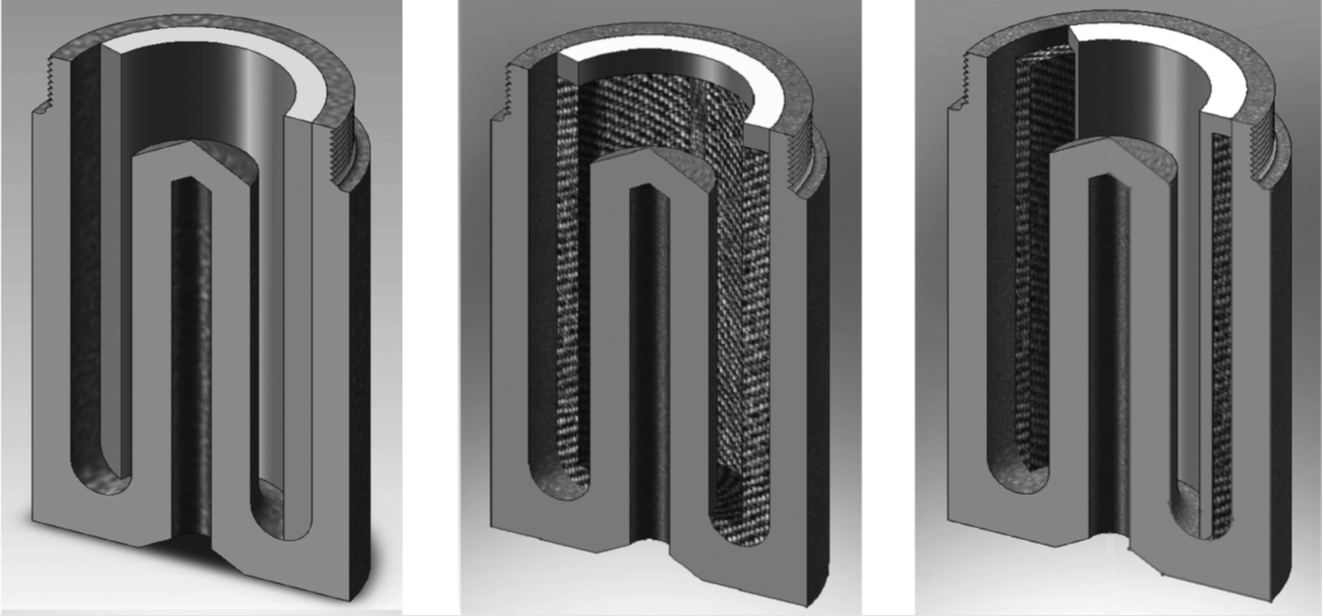WP 2: Realisation and dissemination of thermodynamic temperatures at high temperature
Participants: CNAM, CEM, MIKES, NPL, PTB, TUBITAK
The mise en pratique for the definition of the kelvin at high temperature offers the possibility of achieving this directly without recourse to a defined scale (as is the present situation). Two alternate proposals for the realisation and dissemination of thermodynamic temperature at high temperatures are;
- a priori calibrated or known temperatures high temperature fixed points (HTFPs).
- absolute radiometry, directly traceable to the electrical watt, the metre and the second, or
The aim of this workpackage is to evaluate the two potential schemes for the realisation and the dissemination of thermodynamic temperature above 1000 °C. Both approaches have strengths and weaknesses which will be identified and documented.
Approach 1: Realisation and dissemination through HTFPs will be performed with ITS-90 temperatures assigned to the HTFPs (because definitive thermodynamic temperatures will only be available when WP1 is complete). Nevertheless this task will rigorously probe all the background experimental methods and procedures required for dissemination when thermodynamic temperatures become available for the HTFPs. A set of HTFP cells will be constructed, characterised and circulated to the participating NMIs. Each NMI will assign local [ITS-90] temperatures to the circulating HTFPs. At the end of the circulation the individual temperatures will be assimilated into a common data set and compared allowing the discrepancies to be determined and the uncertainty with which dissemination can be performed by HTFPs to be ascertained.
Approach 2: Realisation and dissemination using radiation thermometers. The radiation thermometers will be calibrated in terms of thermodynamic temperature, but by different methods at various JRP-Partners. The calibration of these radiation thermometers will then be compared by a single JRP-Partner to rigorously assess the equivalence of the different methods of thermodynamic temperature determination by absolutely calibrated radiation thermometers.
The output of this workpackage will be a complete assessment of the two methods for thermodynamic temperature scale realisation and dissemination. A recommendation report to CCT-WG5 will advise on the most efficient ways of disseminating thermodynamic temperatures above 1000 °C, and a number of peer-reviewed papers will be submitted.

Evolving design of high temperature fixed points. Left with graphite sleeve, middle with CC sheet, right with graphite sleeve and CC sheet interlayer.
For more information: Contact Mohamed Sadli (CNAM)
